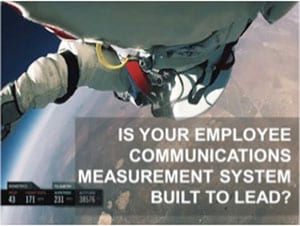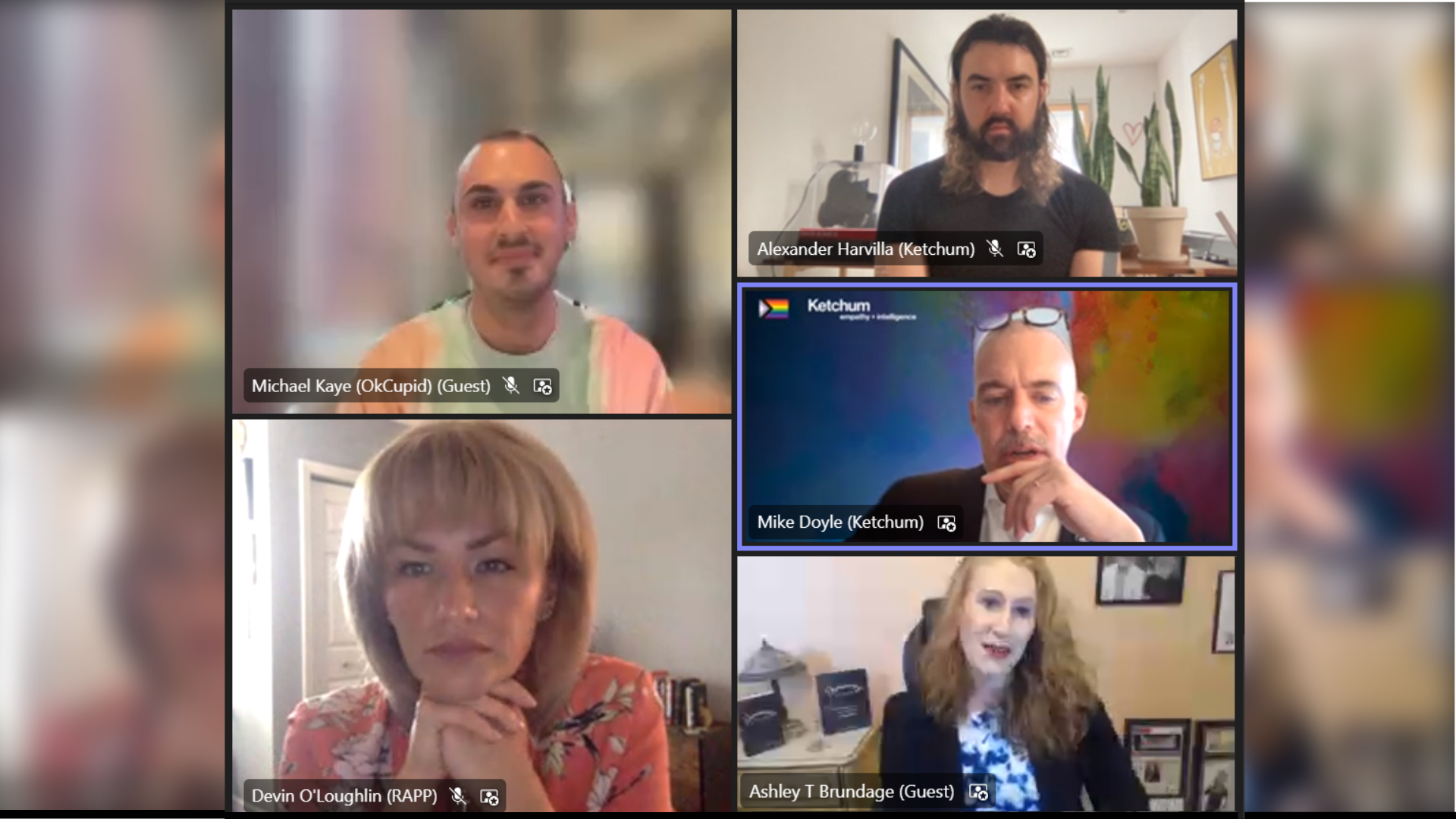 In late May of 2014, Ketchum Change partnered with the Public Relations Society of America’s Connect 14 Conference in Chicago. Speakers addressed the latest internal communications challenges and opportunities with topics ranging from how to communicate internally during a crisis as well as strategies for effective employee communication in a globalized and digitized environment.
In late May of 2014, Ketchum Change partnered with the Public Relations Society of America’s Connect 14 Conference in Chicago. Speakers addressed the latest internal communications challenges and opportunities with topics ranging from how to communicate internally during a crisis as well as strategies for effective employee communication in a globalized and digitized environment.
I had the pleasure of leading a lively discussion around the changing role of research in internal communications and shared leading edge best practices for measuring and maximizing this type of investment, based on our client work at Ketchum Change and in partnership with Ketchum Global Research and Analytics.
We live in the most complicated environment leaders have ever known – a VUCA environment, where VUCA stands for volatile, uncertain, complex, and ambiguous. This is a hyper-connected era where networks rule and the planet is getting smaller by the minute thanks to advances in transportation, technology, education and global businesses. This increasingly changing environment demands that businesses adapt their internal communications capabilities.
On top of this dynamic pace of change, we’re in a new era – an era defined by five generations in the workforce, punctuated by rapid technological advances, with content creation and sharing capabilities in the hands of individuals that often outpace an organizations capability to keep up. Millennials will soon make up nearly half of the 21st Century workforce in Western countries. This generation has grown up with great advances in technology and through one of the most devastating economic downturns since the Great Depression. This is a generation that truly wants to change the world and use technology to do so. This is also a group of people who has never had to digest content that they didn’t want to see, they could swipe by it, fast-forward it, DVR it, or unsubscribe from it.
Given this new type of workforce and different technological world in which organizations exist, communication leaders must change how they conduct research to better connect with their employees and maintain a competitive advantage. Based on our experience with clients, we have identified the following opportunities for internal communications research:
1) From Episodic Measurement to Real-Time Influence
- Real-time influence translates to accumulating research constantly rather than periodically. Real time tracking and perpetual data collection help managers to make better informed decisions today instead of relying on outdated information. It is not hard to imagine an environment in the near future where we avoid survey fatigue because internal communications is using enhanced listening and measurement tools to measure the sentiment of employees and effectiveness of communications constantly.
2) From Mechanical Design to Human Centered Design
- Designing research to explore the employee’s perspective, needs, wants and limitations in their work environment first, then working back towards the channel, topic, leader and desired business outcome enable an organization to collect more accurate employee data, which in turn can bolster employee performance. It’s folly to think we can still keep sending things out from the center and top and expect they will land with impact.
3) From Lagging + Correlative to Predictive + Persuasive
- Using data and research models with an eye towards informing current and future performance instead of looking at lagging indicators is the future. Using predictive tools to derive compelling, actionable and more impactful insights allows businesses to strengthen their competitive edge.
4) From Reports + Charts to Data Storytelling
- Studies have found that by using oral and visual methods of communication together there is an 80% likelihood that the messages will be remembered – a drastically higher percentage than using only one or the other. Let’s use this to really power the great data we have collected and analyzed. Gone is the day of death by PowerPoint; we must use compelling infographics and visual data storytelling to help leaders make better decisions, faster.
Ultimately, communication leaders need to ask themselves whether they’re optimally connecting with their employees and keeping pace with the ever-increasing rate of technological change in organizations of the 21st Century. Using available data and conducting research properly with advanced statistical techniques will make the difference between those businesses that succeed and those that fail in engaging and connecting with their most precious asset – their employees


